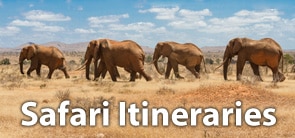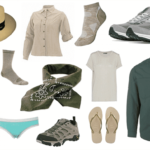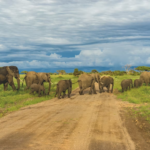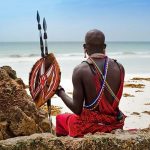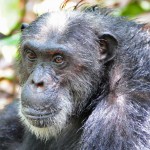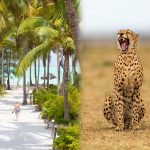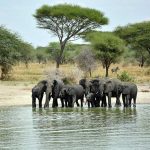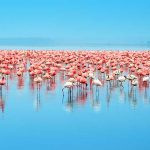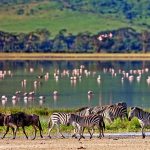WHAT SHOULD KIDS KNOW ABOUT THE BIG FIVE
A safari to Tanzania is often synonymous to seeing the Big 5 of Tanzania; a powerful selection of wild animals that will delight you with their physical appearance and unique behaviour. For families and groups traveling with children to Tanzania, this is the time when you can expect the most questions being asked and the curiosity is endless.
In order to excite your kids for the upcoming safari here are some fun, surprising and cool facts about the big 5 of Tanzania. You can simply print out or save a digital copy for your little ones and get them all charged up for your next must see in 2020!
Lion
The second largest big cat in the world
The lions love to stay with each other in a group called pride. They often greet each other by rubbing their heads and exchange scents that convey their moods and what they have been up to.
The lioness often do the hunting and raise their cubs. Their most favourite food is the buffalo!
Lions are lazy cats and can sleep up to 20 hours a day. When in danger, their roar can be heard up to 5 miles away, seeking for help.
Leopard
Excellent tree climber and strong swimmer
This cat likes to spend most of its time on its own and hence are also known as solitary. Leopards come together only to mate and raise their cubs.
If you can’t spot the leopard at the ground level, look for them on the trees; they often hunt at night and drag their prey up to the tree top; enjoying their feast of zebra or impala.
Leopards have excellent night vision and are strong enough to carry their hunt, three times their own weight. In lack of a large meal, they will also swim to hunt fishes.
African Elephant
The largest land animals
Despite being so robust and magnificent, elephants are vegetarians and often stay close to large Baobab trees; an excellent source of nourishment. You can spot plenty of them in Tarangire and Ruaha National Park.
Elephants can walk silently, thanks to their feet designed like shock absorbing pads that prevent them to make large sounds.
Besides, using their trunks for eating and drinking, elephants use their trunk to snorkel in water and bathing themselves in sand that acts as their sunscreen in the scorching heat.
Cape Buffalo
One with an excellent memory
The Cape Buffalo is often endangered by the lion but the herd unites to chase away the attacking pride.
This wild animal is known for its sudden attack, has a powerful memory and can also attack human beings if they appear dangerous. Cape Buffalo is also known as ‘Black Death’ or ‘Widow Maker’.
These large animals can reach up to 11 feet and weigh up to 900 pounds. They feed mainly on grass.
Rhinoceros
The endangered species running on its toes
A Rhino’s horn is not attached its skull and if it breaks it will grow again. The rhino is endangered and illegally poached due its medicinal value in Asia.
The Rhino has poor vision and will sometimes attack trees and rocks by accident. The sense of smell and hearing are excellent and their armor skin often acts as a protection for these large animals.
Not commonly known, the rhinos don’t have front teeth and often use their lips to feed on leaves and twigs. Ever noticed a Rhino’s feet while running? They use their tippy toes.
Interested to go on a family safari with our knowledgeable Guides? Write to us and we will make sure you have the best time!







